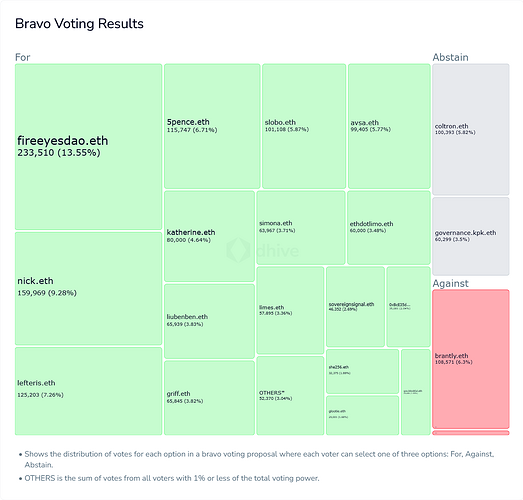Abstract
This proposal aims to introduce new permissions for deploying Endowment funds, with a continued focus on diversification and alignment with the evolving market landscape and liquidity.
Motivation
The proposal seeks to request new permissions from the ENS DAO to karpatkey, such that the permissions are aligned with evolving market conditions and protocol updates.
The proposed new permissions focus on strategies involving:
- Protocol update: MakerDAO migration to Sky Protocol
- Continuous diversification of Ethereum LST providers: Origin Protocol
- Continuous diversification to Stablecoin offerings: USDT, Real-World Assets (Mountain Protocol)
- Why USDT? While USDC is a reliable and widely-used stablecoin, adding USDT enhances the diversification of counterparty and operational risks within the endowment. By holding both, the endowment mitigates potential risks associated with reliance on a single issuer, and USDT’s higher liquidity and wider acceptance in different market conditions can enhance resilience during periods of stress.
- Why Real-World Assets (RWAs)? Stablecoins, although designed to maintain a 1:1 peg with fiat, carry counterparty and systemic risks that could be difficult to foresee. RWAs bypass these risks by directly linking the endowment to established, traditional off-chain assets. Tokenised T-Bills (or equivalent) provide a reliable venue to mitigate potential risks associated with stablecoin black swan events. For the selection of tokenised T-Bills, due diligence on products available in the market was conducted with the following non-exhausitve criteria: AUM/TVL, underlying assets, liquidity, legal design, and fees; this was assessed in conjunction with suitability for the Endowment (e.g. secondary liquidity). At present, on-chain yields exceed traditional risk-free rates, making immediate RWA allocation unlikely. However, we will continue to monitor both markets for future opportunities.
Specification
New permissions implemented in this payload
- Sky USDS
- Upgrade DAI into USDS
- Deposit and Withdraw USDS in Spark (Sky Savings Rate)
- Deposit USDS in SKY Farm & claim rewards
- Deposit USDS into Aave v3 & claim rewards
- Origin oETH
- Mint oETH in vault
- Redeem WETH via ARM and vault
- Curve: whitelist oETH/ETH pool for swap, liquidity provision, staking, claim rewards, unstake, and withdraw
- Convex: whitelist staking of oETH/ETH LP token, claim rewards, unstake, and withdraw
- USDT
- Deposit USDT on Aave v3
- Deposit USDT on Compound v3
- Curve: whitelist DAI/USDC/USDT pool for swap, liquidity provision, staking, claim rewards, unstake, and withdraw
- RWA
- Mountain Protocol: USDM
- Whitelist Curve sDAI/USDM pool for swap, liquidity provision, staking, claim rewards, unstake, and withdraw
- Token Arrays for Swapping:
- Add the following tokens for Token IN Allowlist in Cow, Uniswap v3, Balancer: [USDS, sUSDS, oETH, USDT, USDM]
- Add the following tokens for Token OUT Allowlist in Cow, Uniswap v3, Balancer: [USDS, sUSDS, oETH, USDT, USDM]
Implications on the ENS Investment Policy Statement
The ENS Investment Policy Statement shall reflect the above changes, i.e. The ENS Investment Policy Statement will be updated to accommodate allowing US Treasury Bill wrappers as eligible holdings.
We also received feedback that the IPS requirement of holding at least 3 years of DAO operating expenses in stablecoin was unclear as to whether this referred to the endowment or across the ENS DAO wallets. This has been clarified to reflect the latter (at least 3 years of DAO operating expenses in stablecoins across ENS DAO wallets).
The updated Investment Policy Statement has been pinned on IPFS.
Zodiac Roles Modifier Permissions Policy
The payload to be executed upon the successful approval of this proposal can be found here (to be downloaded, unzipped, and dropped into Safe’s transaction builder).
The UI visualization of added (green), removed (red), and updated (blue) permissions is available here, as well as the resulting Tenderly simulation available here.
The permissions in this proposal have been tested beforehand through our Test Safe.
